Table Of Contents
- 1Introduction
- 2What is Email Automation for Education?
- 3Role of Email Automation in Higher Education
- 4Benefits of Email Automation for Student Recruitment in Higher Education
- 5Top Email Automation Tools for Educational Institutions
- 6How to Choose the Right Email Automation Tool for Universities and Higher Education Institutions
- 7Future of Email Automation in Education
- 8Conclusion
Introduction
By the end of 2025, global email users are projected to reach 4.6 billion, with more than 376 billion emails sent daily. In higher education, institutions are increasingly leveraging this channel to engage students, streamline communications, and optimize enrollment strategies. Despite the growth of alternative platforms, email remains a preferred method for prospective students, with 77% indicating it as their favored channel during the college search process. This makes email automation a powerful tool for universities and colleges, enabling them to deliver timely, personalized, and effective communication throughout the student journey.
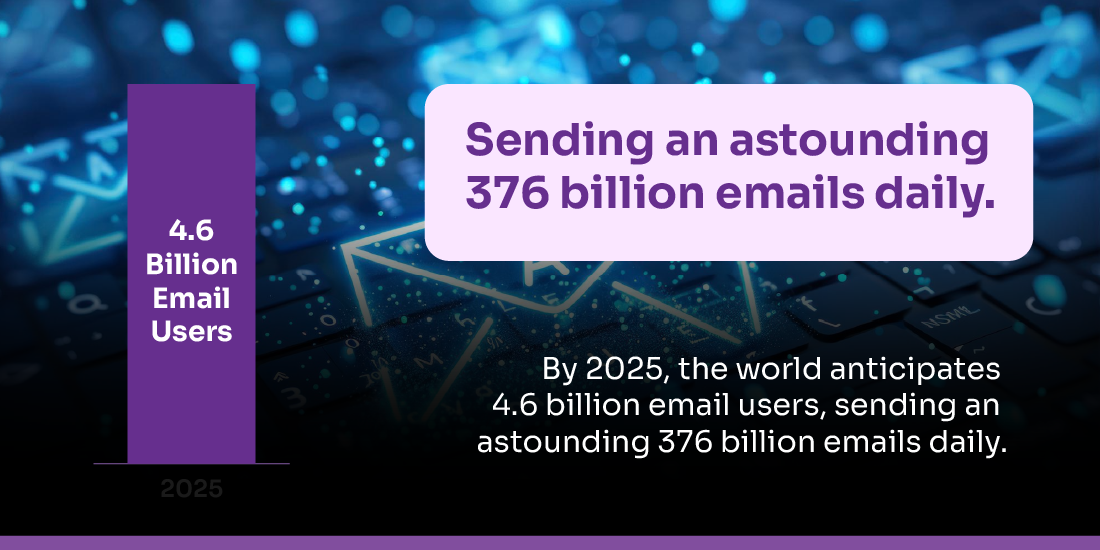
What is Email Automation for Education?
Email automation in education involves using specialized software to send targeted, timely, and personalized emails to students, prospective applicants, faculty, and other stakeholders. This technology allows educational institutions to efficiently manage communication at scale, reducing manual effort while ensuring consistency and relevance.
Through automation, schools and universities can send a variety of messages, including application reminders, enrollment confirmations, course updates, event invitations, and scholarship notifications. By tailoring content based on student behavior, interests, and demographics, institutions can significantly increase engagement, improve student retention, and support recruitment efforts.
Role of Email Automation in Higher Education
Email automation has become a cornerstone in modern higher education, offering personalized, cost-effective, and efficient communication strategies. Here’s how it functions within institutions:
Streamlining Admissions Workflows
Automated email sequences can guide prospective students through the admissions process—from inquiry to application submission to enrollment confirmation. This reduces manual follow-ups and ensures no lead is overlooked. A study by Eduventures indicates that 40% of U.S. colleges and universities plan to implement automation technology in their admissions processes within the next five years.
Nurturing Prospective Students
Educational institutions can maintain continuous engagement with prospective students by delivering targeted and relevant content. This can include program highlights, application guidance, scholarship opportunities, and other information that keeps students informed and interested throughout their decision-making journey. With 68% of students preferring to receive information via email, it remains the most effective channel for initial engagement and building a strong connection with prospective applicants.
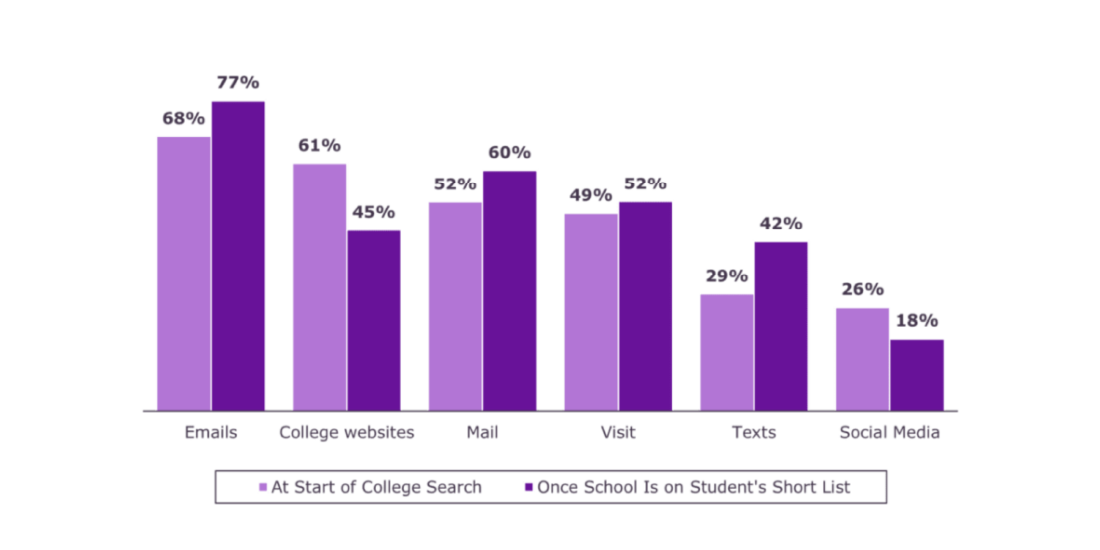
Segmented Communication
Colleges and universities often have diverse student groups with varying interests and needs. Segmentation based on major, geographic region, year of study, or engagement history allows institutions to send tailored messages that resonate with each audience. Segmented email campaigns can drive 30% more opens and 50% more click-throughs compared to non-segmented campaigns.
Enhancing Event Promotion and Participation
Institutions can automatically send invitations, reminders, and follow-ups for open houses, webinars, orientation sessions, and campus events. Automated scheduling ensures students receive timely information, increasing attendance and engagement.
Supporting Retention Efforts
Automation is not just for recruitment. Institutions can use it to check in with current students, send academic reminders, highlight support services, and alert advisors about disengaged students, helping to reduce dropout rates. Email marketing plays a crucial role in nurturing student retention, keeping students engaged from orientation to graduation.
Benefits of Email Automation for Student Recruitment in Higher Education
Email automation is a powerful tool for higher education institutions to engage students effectively, streamline communication, and enhance recruitment efforts. Here are the key advantages:
Enhanced Personalization
Personalized email campaigns are far more effective than generic messages. Studies show that emails featuring tailored content achieve 29% higher open rates and 41% higher click-through rates compared to non-personalized emails. Additionally, 69% of current college students prefer receiving messages that are personalized to them, emphasizing the importance of customizing communication to engage students effectively.
Promoting Lesser-Known Majors and Opportunities
Many students may initially choose broad or popular majors without full knowledge of all options. It allows institutions to:
- Introduce students to other majors and academic pathways they may not have considered.
- Provide insights on career opportunities associated with different programs.
- Encourage informed decision-making before committing to a major, helping students align their studies with their interests and long-term goals.
Time Efficiency through Automation
Automated email systems enable institutions to send mass communications with minimal manual effort. This efficiency allows staff to focus on strategic tasks, such as personalized outreach and student support, rather than administrative duties. For instance, automating scheduling processes can reduce processing times by 40%, freeing up staff for more strategic work.
Tracking and Analytics
Email platforms provide valuable tracking capabilities, enabling institutions to:
- Monitor delivery, open, and click-through rates.
- Identify which students have engaged with emails and who may need follow-up.
- Measure the effectiveness of communication strategies and optimize campaigns accordingly.
Increased Engagement
Regular and relevant email communication helps institutions:
- Keep students, faculty, staff, and parents informed.
- Share newsletters, event invitations, reminders, and academic updates.
- Foster a sense of connection and engagement with the school community.
Top Email Automation Tools for Educational Institutions
Email automation tools help educational institutions streamline communication, nurture prospects, improve admissions, and boost student engagement. Below are some of the leading platforms for higher education, along with their key features.
ActiveCampaign
ActiveCampaign combines a built-in CRM with an advanced email suite, making it ideal for small-to-medium educational institutions and EdTechs. It allows personalized communication based on student behavior and course interests.
Key Features:
- Course interest triggers for personalized outreach
- Built-in CRM + email marketing integration
- Automated workflows for nurturing leads
- Segmentation and behavior tracking
- Affordable and user-friendly for mid-sized institutions
Best For: Small-to-medium EdTechs and educational institutions looking for an easy-to-use, comprehensive automation platform.
Zoho Mail
Zoho Mail is a secure, web-based email platform offering email hosting, custom domains, and collaboration tools. It is ideal for institutions that prioritize professional communication and data security.
Key Features:
- Customizable email templates and signatures for consistent branding
- Collaboration tools for faculty and administrative teams
- High-level security with two-factor authentication and encryption
- User-friendly interface for both students and staff
Best For: Schools, colleges, and universities that value data protection, secure communication, and collaborative tools.
HubSpot Education Suite
HubSpot’s Education Suite is best suited for enterprise-level institutions and EdTech companies that need advanced analytics and student journey modeling. It combines marketing automation, CRM, and powerful reporting.
Key Features:
- Predictive student journey modeling
- Advanced analytics and reporting
- Robust CRM with admissions tracking
- Automated email campaigns and follow-ups
- Strong integrations with enrollment systems
Best For: Enterprise-level EdTechs and large educational institutions.
LeadSquared
LeadSquared is designed specifically for higher education marketing automation. It is widely used by colleges and universities to streamline admissions, follow up with prospects, and manage multi-channel communication.
Key Features:
- Admissions workflow automation
- Multi-channel communication (Email/SMS/WhatsApp)
- Built-in lead management and scoring
- Analytics dashboards for performance tracking
- Strong local support (popular in India & South Asia)
Best For: Institutions that handle a high volume of inquiries and need robust lead management.
Element451
Element451 is a CRM and enrollment-engagement platform built exclusively for higher education. It focuses on the full student lifecycle, leveraging AI for personalization across marketing, admissions, and retention.
Key Features:
- Full student lifecycle management (prospects to alumni)
- AI-driven personalization of communication
- Automated campaigns for recruitment and retention
- Centralized CRM for admissions and student success
- Data-driven insights for engagement strategies
Best For: Institutions focusing on marketing, admissions, and retention in a single platform.
Salesforce Education Cloud
Salesforce Education Cloud is a robust, enterprise-grade CRM platform that supports the entire student journey—from prospecting to alumni relations. It’s best for large universities and global EdTechs requiring scalability. When paired with the Edmo plugin, institutions can further enhance email automation, streamline communication workflows, and deliver personalized student engagement at scale, making recruitment and retention efforts more effective.
Key Features:
- Comprehensive CRM for admissions, academics, and alumni
- Customizable automations and workflows
- Large ecosystem of integrations and third-party apps
- Advanced analytics and AI capabilities
- Suitable for complex, multi-campus institutions
Best For: Large universities and educational organizations requiring scalable, enterprise-grade solutions.
How to Choose the Right Email Automation Tool for Universities and Higher Education Institutions
Selecting the right email automation tool is crucial for universities and colleges to manage communication, engage students, and optimize recruitment.
Set Your Budget
Before evaluating tools, it’s important to establish a realistic budget. The cost of communication software depends on the number of contacts you manage, the features you require, and your institution’s capacity to invest. It’s also essential to plan for future growth, as costs may increase when your contact list expands.
Identify Required Features
Most platforms offer basic tools such as pre-designed templates, a visual editor, and segmentation options. However, higher education institutions often need advanced capabilities to run effective campaigns. Features like automated workflows, A/B testing, personalized messaging, and robust reporting and analytics can significantly enhance student engagement.
Check for Integrations
The tool must integrate seamlessly with your existing technology stack. This includes student databases, CRMs, reporting dashboards, and marketing channels such as social media or Google Ads. Effective integration ensures that student data is up-to-date, simplifying personalization and segmentation.
Consider User Feedback and Satisfaction
User reviews and satisfaction scores provide valuable insight into a platform’s performance in real-world scenarios. High-rated tools are more likely to have reliable email deliverability, stable performance, and responsive support teams. Examining reviews from other educational institutions helps identify strengths and weaknesses, giving you confidence in the tool’s ability to meet your needs over time.
Test Before Committing
Free trials are an essential part of evaluating automation platforms. Signing up for at least two trials allows you to explore features such as automation workflows, reporting dashboards, and integrations. Testing helps determine how user-friendly the tool is, whether it meets your specific needs, and which platform delivers the best results for your institution.
Future of Email Automation in Education
Email automation in education is set to become smarter and more effective in the coming years. While newer communication tools will complement email, they are unlikely to replace it entirely due to its versatility, security, and formal nature. Studies show that automated emails can increase conversion rates by up to 50%, highlighting their impact on student engagement and admissions.
In the coming years, schools and colleges will use AI to send personalized messages, track how students interact with emails, and send information at the right time. Stronger security will protect student data, making email a trusted way to share important updates. Overall, email automation will continue to help institutions connect with students, improve engagement, and support admissions and administration.
Conclusion
Email automation has become an essential tool for higher education institutions, enabling them to engage students effectively, streamline communication, and optimize recruitment strategies. By leveraging personalized messaging, automated workflows, and data-driven insights, colleges and universities can improve student engagement, increase enrollment, and enhance operational efficiency. Implementing best practices—such as segmentation, AI-powered personalization, and timely follow-ups—ensures that institutions can deliver meaningful, relevant communication at every stage of the student journey.
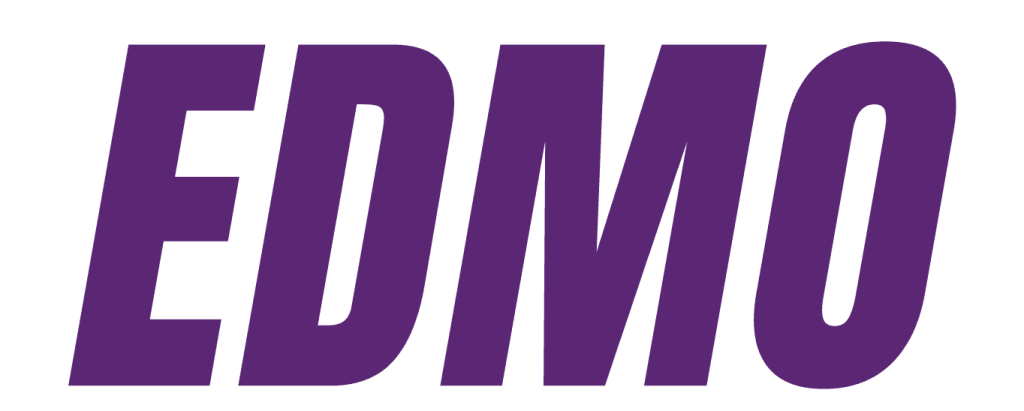
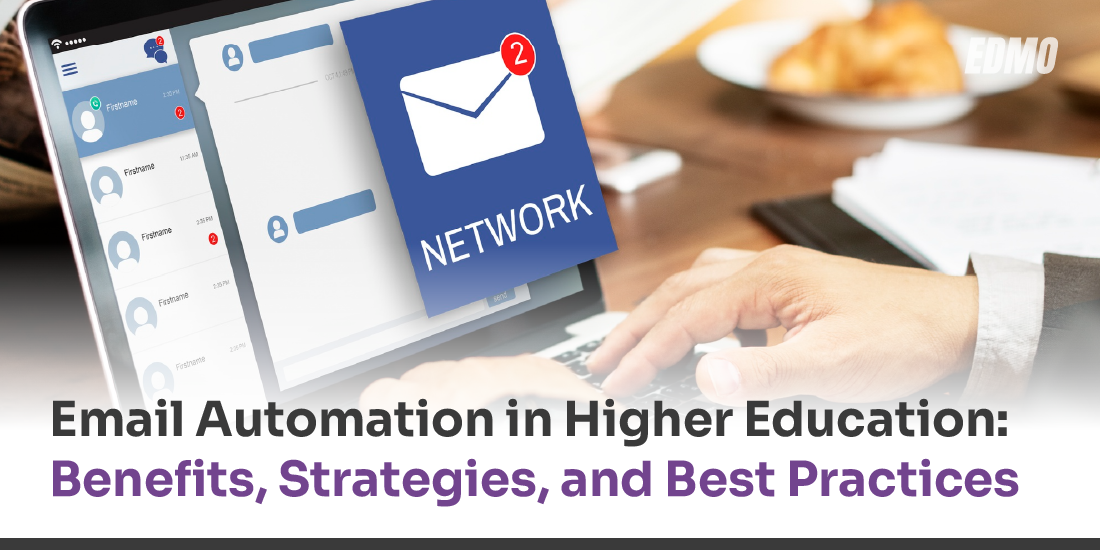
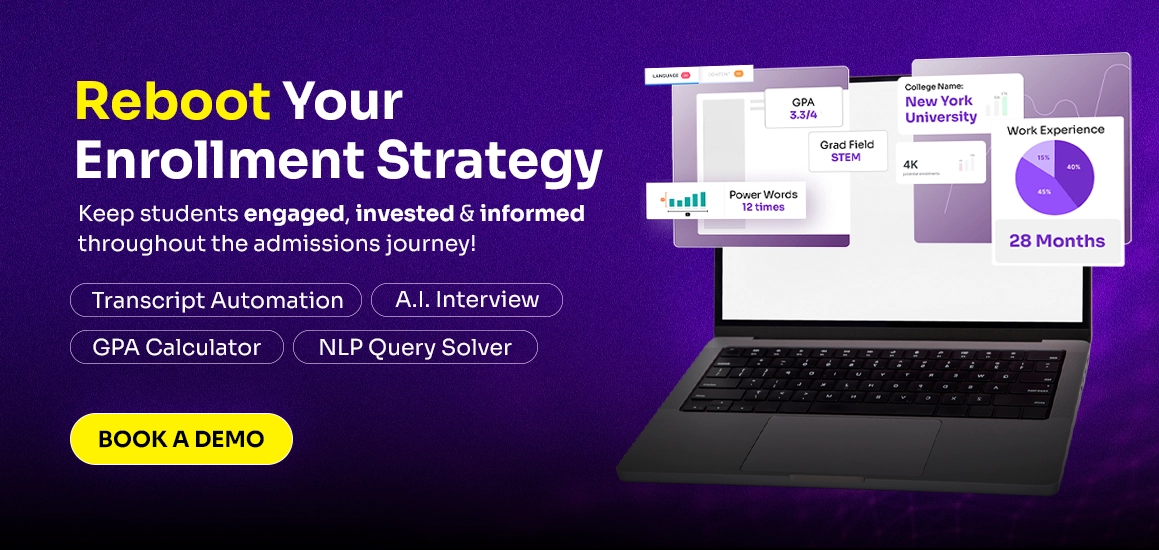


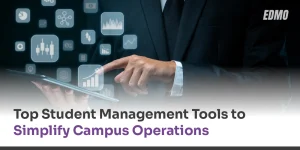


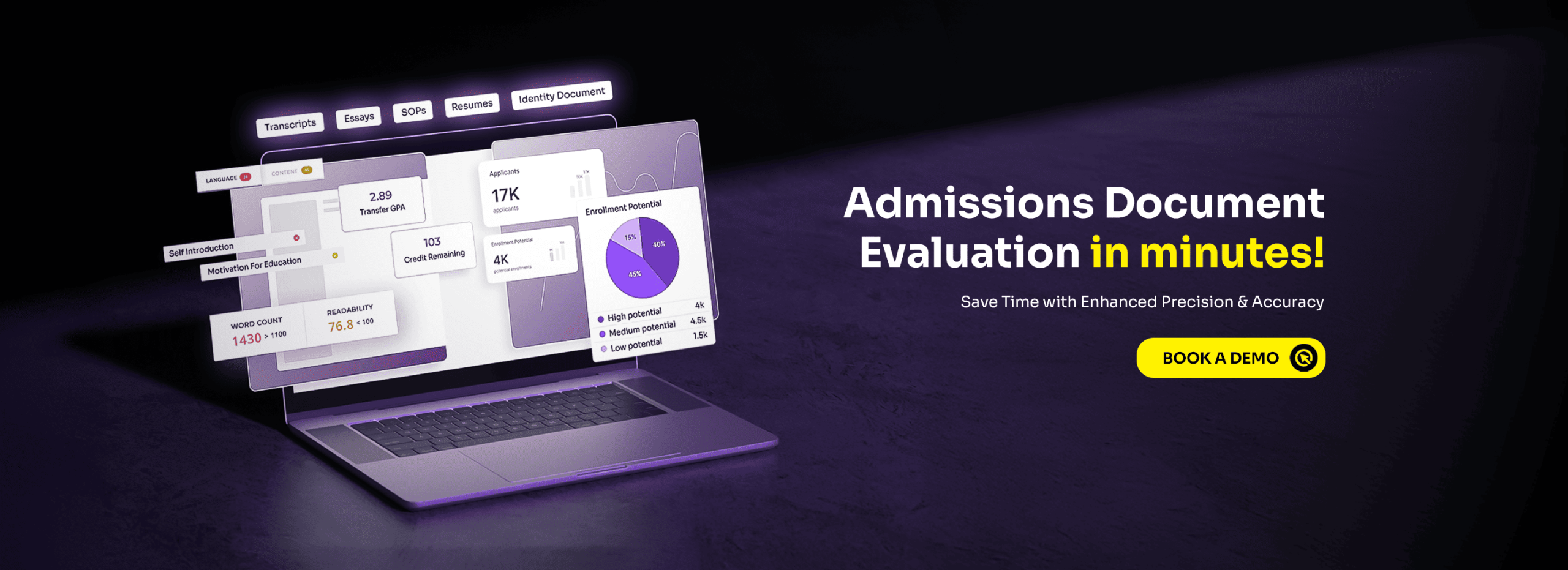
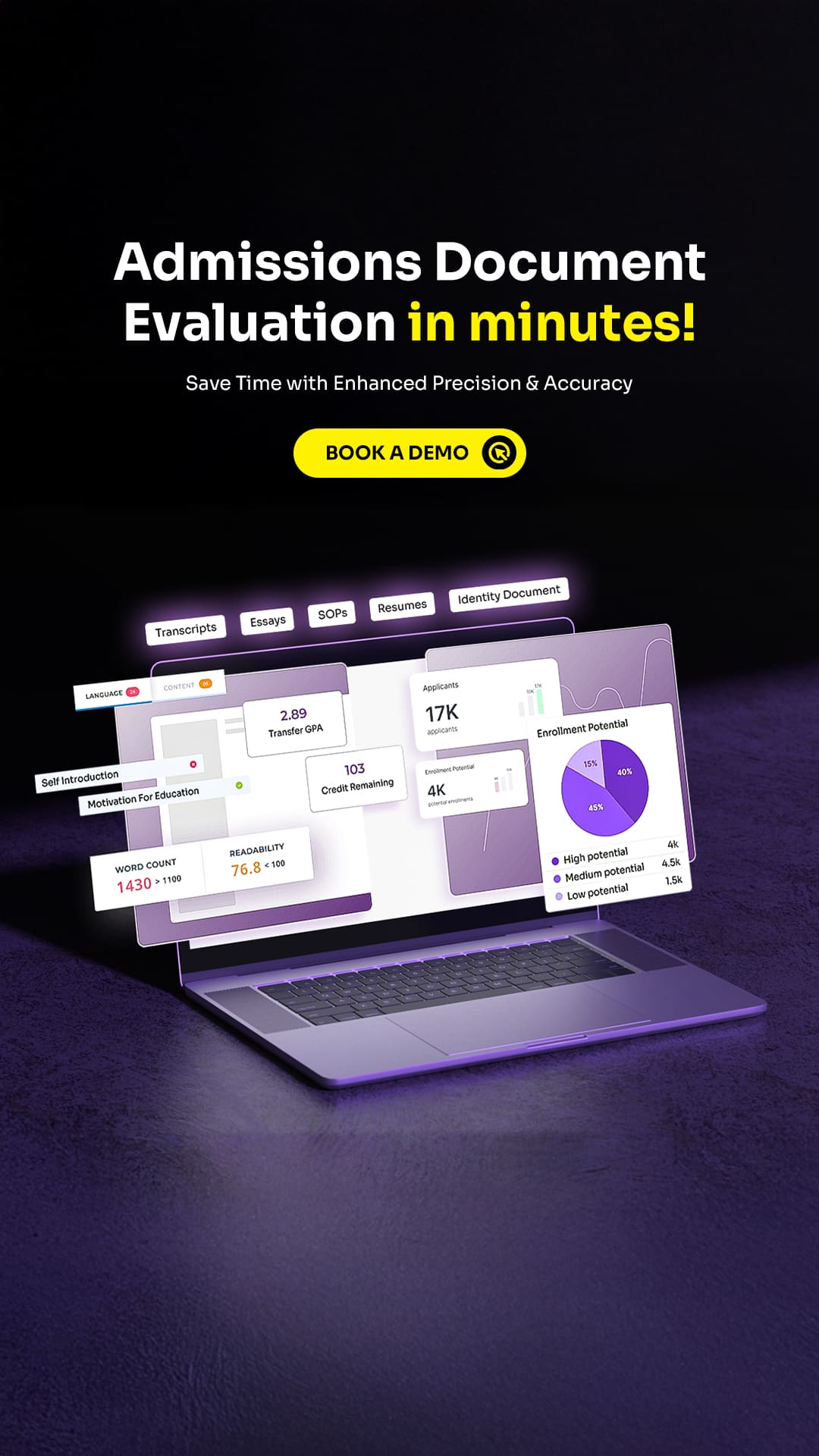
No comments yet. Be the first to comment!
Leave a Comment